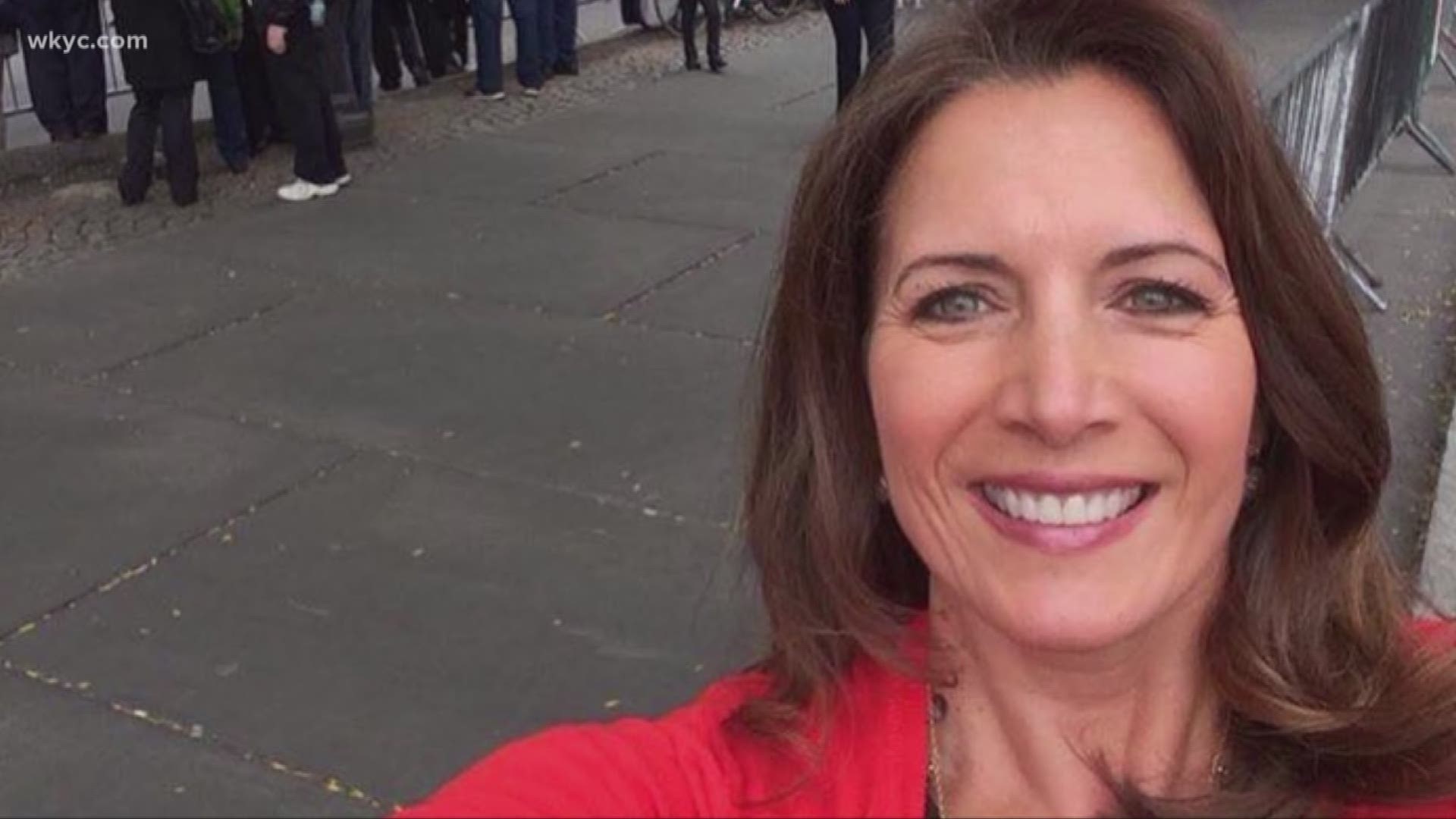STRONGSVILLE, Ohio — Lisa Colagrossi was a Cleveland success story.
The Strongsville native first appeared on Channel 3 News as an anchor-reporter in 1992 before moving on to Orlando, where she met her husband, Todd Crawford.
From there, the couple moved to New York City, where Colagrossi covered some of the region’s biggest stories for WABC-TV. Assignments included 9/11 and Flight 587.
All the while, however, she worked the early shift, waking up at 1 a.m. each morning and returning home by 3 p.m. to her sons in Connecticut.
Crawford described her schedule as “very difficult, very challenging,” as his wife also balanced being a mom, often cooking dinner and going to her kids’ hockey practices.
“Rest was certainly something she did not get a lot of,” Colagrossi’s brother, Lou Colagrossi, said.
And it took a toll.
In early 2015, Lisa began getting bad headaches.
“Massive headaches which she would describe as 'the worst headache of her life,'” Todd Crawford said.
He urged his wife to get them checked, but she powered through them, like everything else.
“It was maybe just three, four days later that you know her rupture occurred,” he said. “It killed her.”
Colagrossi collapsed in March 2015 after finishing up a live shot. She was just 49 years old.
“We didn’t realize how much she was loved by her viewers and the impact she really had until it was too late,” Lou Colagrossi said.
Each year, nearly 40,000 people suffer an aneurysm, which is bleeding on the brain.
Though an exact cause is not clear, most victims are women and nearly half the ruptures are fatal.
Stephanie Tubbs Jones, Ohio’s first African-American Congresswoman, died from an aneurysm. Clyde Johnson, the brother to actress Whoopi Goldberg, also died.
Goldberg now stars in a public service announcement for the Lisa Foundation, which Todd Crawford founded just months after his wife’s death.
“To eventually get to a point where those who experience, or have developed a brain aneurysm in their lifetime, there are no ruptures,” he said. “I think that’s achievable.”
Dr. Nicholas Bambakidis of University Hospitals said the difficulty, however, comes in choosing “which aneurysms are appropriate for treatment and how best to treat them.”
“As you can imagine, it’s not often easy to treat these,” he said. “They can be in delicate places in the brain and require fairly complex treatment methods.”
He said prevention comes from knowing the signs, which often include having that "worst headache."
“Most folks describe it as being very different, they knew something was not right, something was wrong,” Dr. Bambakidis said.
Still, getting a doctor to check for an aneurysm can hinge on the language you use.
It is important to let them know if you have a personal history of headaches, a family history of aneurysms, and if what you have feels worse than at other times.
Smoking can also be a factor.
For more information on aneurysms, click here.

